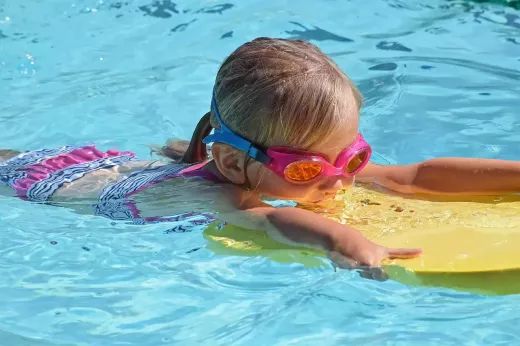Understanding the impact of rafting on the environment
Rafting is a popular outdoor activity that attracts adventure seekers from all around the world. While it's a great way to explore the beauty of nature, it's also important to understand that rafting can have a significant impact on the environment. Rafting can disturb the natural balance of the ecosystem, leading to erosion, pollution, and destruction of habitats. Rafters must be aware of their impact on the environment and take steps to minimize it.
When rafting, it's essential to stay on designated routes and avoid disturbing vegetation and wildlife. Rafters should also avoid creating new trails or shortcuts that can cause erosion and harm to the surrounding environment. Additionally, it's crucial to dispose of waste responsibly to prevent pollution of water bodies and the surrounding environment. Rafters should pack out all trash and avoid leaving any waste behind.
In summary, rafting can have a significant impact on the environment, and it's essential to understand and minimize this impact. Rafters should stay on designated routes, avoid disturbing wildlife and vegetation, dispose of waste responsibly, and avoid creating new trails or shortcuts.
Dam Good Time! | I Didn't Know That
The seven Leave No Trace principles for rafting
Leave No Trace is a set of seven principles that aim to minimize our impact on the environment while enjoying outdoor activities like rafting. These principles are as follows:
1. Plan Ahead and Prepare: Before embarking on a rafting trip, it's crucial to plan and prepare adequately. This includes researching the area, checking weather conditions, and ensuring that you have the right equipment and supplies. Planning ahead not only helps to ensure a safe and enjoyable trip but also minimizes your impact on the environment.
2. Travel and Camp on Durable Surfaces: When rafting, it's essential to stay on designated routes and avoid creating new trails or shortcuts. This helps to minimize erosion and prevent damage to vegetation and wildlife habitats. Additionally, when camping, it's essential to camp on durable surfaces like established campsites and avoid camping in areas that are sensitive to damage.
3. Dispose of Waste Properly: Rafters should pack out all trash and avoid leaving any waste behind. Additionally, it's essential to dispose of human waste properly by burying it in a hole at least 200 feet from water sources and campsites.
4. Leave What You Find: Rafters should avoid disturbing vegetation, rocks, and wildlife while on the trip. It's important to leave everything as you found it to minimize your impact on the environment.
5. Minimize Campfire Impact: When camping, it's essential to use established fire rings and stoves to minimize the impact of campfires. If campfires are allowed, it's crucial to use small sticks and twigs and avoid collecting firewood from the surrounding environment.
6. Respect Wildlife: Rafters should avoid disturbing wildlife and keep a safe distance from them. Additionally, it's crucial to store food securely to prevent attracting wildlife to campsites.
7. Be Considerate of Other Visitors: When rafting, it's essential to respect other visitors and their right to enjoy the environment. Rafters should avoid excessive noise and keep a safe distance from other groups.
In summary, the seven Leave No Trace principles for rafting are Plan Ahead and Prepare, Travel and Camp on Durable Surfaces, Dispose of Waste Properly, Leave What You Find, Minimize Campfire Impact, Respect Wildlife, and Be Considerate of Other Visitors.
Leave No Trace Principles for Multi Day Rafting Trips
Planning and preparing for a responsible rafting trip
Planning and preparation are crucial for a successful and responsible rafting trip. Before embarking on a trip, it's essential to research the area, check weather conditions, and ensure that you have the right equipment and supplies. Here are some tips for planning and preparing for a responsible rafting trip:
1. Research the area: Before embarking on a rafting trip, it's essential to research the area and understand the regulations, permits, and restrictions that apply. This information can help you plan your trip and ensure that you're following the Leave No Trace principles.
2. Check weather conditions: Weather conditions can have a significant impact on a rafting trip, and it's crucial to check the forecast before heading out. This can help you prepare for any adverse weather conditions and ensure that you have the right equipment and supplies.
3. Pack essential gear: When rafting, it's crucial to have the right equipment and supplies to ensure a safe and enjoyable trip. Some essential gear for rafting includes life jackets, paddles, helmets, first aid kit, and emergency supplies.
4. Follow Leave No Trace principles: Rafters should follow the Leave No Trace principles, including staying on designated routes, avoiding disturbing wildlife and vegetation, disposing of waste properly, and camping on durable surfaces.
In summary, planning and preparation are crucial for a responsible and enjoyable rafting trip. Rafters should research the area, check weather conditions, pack essential gear, and follow the Leave No Trace principles.
Essential Tips For Surviving in a Life Raft!!!
Essential gear for Leave No Trace rafting
Having the right gear is crucial for a successful and responsible rafting trip. When packing for a trip, it's essential to pack gear that supports the Leave No Trace principles. Here are some essential gear items for Leave No Trace rafting:
1. Life jackets: Life jackets are essential for rafting and can help prevent drowning in case of an accident. It's crucial to ensure that life jackets are the right size and fit properly.
2. Paddles: Paddles are essential for rafting and should be in good condition. It's important to use paddles that are appropriate for the type of river and water conditions.
3. Helmets: Helmets are essential for rafting and can help prevent head injuries in case of an accident. It's important to ensure that helmets fit properly and are appropriate for the type of river and water conditions.
4. First aid kit: A first aid kit is essential for any outdoor activity, including rafting. It's crucial to pack a first aid kit that includes basic medical supplies and medications.
5. Emergency supplies: Emergency supplies are essential for any outdoor activity and should include a whistle, signaling device, and emergency blanket.
In summary, having the right gear is crucial for a responsible and enjoyable rafting trip. Rafters should pack essential gear that supports the Leave No Trace principles, including life jackets, paddles, helmets, first aid kit, and emergency supplies.
Leave No Trace camping and cooking practices
Camping and cooking are essential parts of a rafting trip, and it's crucial to practice Leave No Trace principles while doing so. Here are some tips for Leave No Trace camping and cooking practices:
1. Camp on durable surfaces: When camping, it's essential to camp on durable surfaces like established campsites and avoid camping in areas that are sensitive to damage. This helps to minimize erosion and prevent damage to vegetation and wildlife habitats.
2. Dispose of waste properly: Rafters should pack out all trash and avoid leaving any waste behind. Additionally, it's essential to dispose of human waste properly by burying it in a hole at least 200 feet from water sources and campsites.
3. Minimize campfire impact: When camping, it's crucial to use established fire rings and stoves to minimize the impact of campfires. If campfires are allowed, it's crucial to use small sticks and twigs and avoid collecting firewood from the surrounding environment.
4. Store food securely: Rafters should store food securely to prevent attracting wildlife to campsites. This helps to ensure the safety of both humans and wildlife.
In summary, Leave No Trace camping and cooking practices are essential for a responsible and enjoyable rafting trip. Rafters should camp on durable surfaces, dispose of waste properly, minimize campfire impact, and store food securely.
Rafting etiquette and responsible behavior on the water
Rafting etiquette and responsible behavior on the water are crucial for a safe and enjoyable trip. Here are some tips for rafting etiquette and responsible behavior on the water:
1. Respect other rafters: Rafters should respect other rafters and avoid excessive noise and behavior that can be disruptive.
2. Keep a safe distance: Rafters should keep a safe distance from other groups to avoid collisions and ensure the safety of all rafters.
3. Follow river rules and regulations: Rafters should follow river rules and regulations, including speed limits, navigation rules, and restrictions.
4. Avoid disturbing wildlife: Rafters should avoid disturbing wildlife and keep a safe distance from them.
In summary, rafting etiquette and responsible behavior on the water are essential for a safe and enjoyable trip. Rafters should respect other rafters, keep a safe distance, follow river rules and regulations, and avoid disturbing wildlife.
Leave No Trace for group rafting trips
Group rafting trips can be a fun and enjoyable way to explore the great outdoors. However, it's crucial to practice Leave No Trace principles to minimize the impact on the environment. Here are some tips for Leave No Trace for group rafting trips:
1. Plan ahead: When planning a group rafting trip, it's crucial to plan ahead and ensure that all participants are aware of the Leave No Trace principles.
2. Assign responsibilities: Assigning responsibilities to different members of the group can help ensure that everyone is following the Leave No Trace principles.
3. Pack out all trash: Rafters should pack out all trash and avoid leaving any waste behind. Additionally, it's essential to dispose of human waste properly by burying it in a hole at least 200 feet from water sources and campsites.
4. Respect wildlife: Rafters should avoid disturbing wildlife and keep a safe distance from them.
In summary, Leave No Trace principles are essential for group rafting trips. Rafters should plan ahead, assign responsibilities, pack out all trash, and respect wildlife.
Educating others about Leave No Trace principles
Educating others about Leave No Trace principles is essential for promoting responsible outdoor behavior. Here are some tips for educating others about Leave No Trace principles:
1. Lead by example: Rafters should lead by example and practice the Leave No Trace principles themselves.
2. Share information: Rafters should share information about the Leave No Trace principles with others and encourage them to incorporate them into their outdoor activities.
3. Participate in Leave No Trace programs: Rafters can participate in Leave No Trace programs and workshops to learn more about the principles and how to incorporate them into their outdoor activities.
In summary, educating others about Leave No Trace principles is essential for promoting responsible outdoor behavior. Rafters should lead by example, share information, and participate in Leave No Trace programs.
The importance of responsible rafting
Responsible rafting is essential for protecting the environment and preserving it for future generations. By practicing Leave No Trace principles, rafters can minimize their impact on the environment while enjoying the great outdoors. Additionally, responsible rafting can help ensure a safe and enjoyable trip for all participants. It's crucial to understand the impact of rafting on the environment and take steps to minimize this impact. By doing so, we can ensure that future generations can enjoy the beauty of nature just as we do today.
In summary, responsible rafting is crucial for protecting the environment and ensuring a safe and enjoyable trip. Rafters should practice Leave No Trace principles, understand the impact of rafting on the environment, and take steps to minimize this impact.
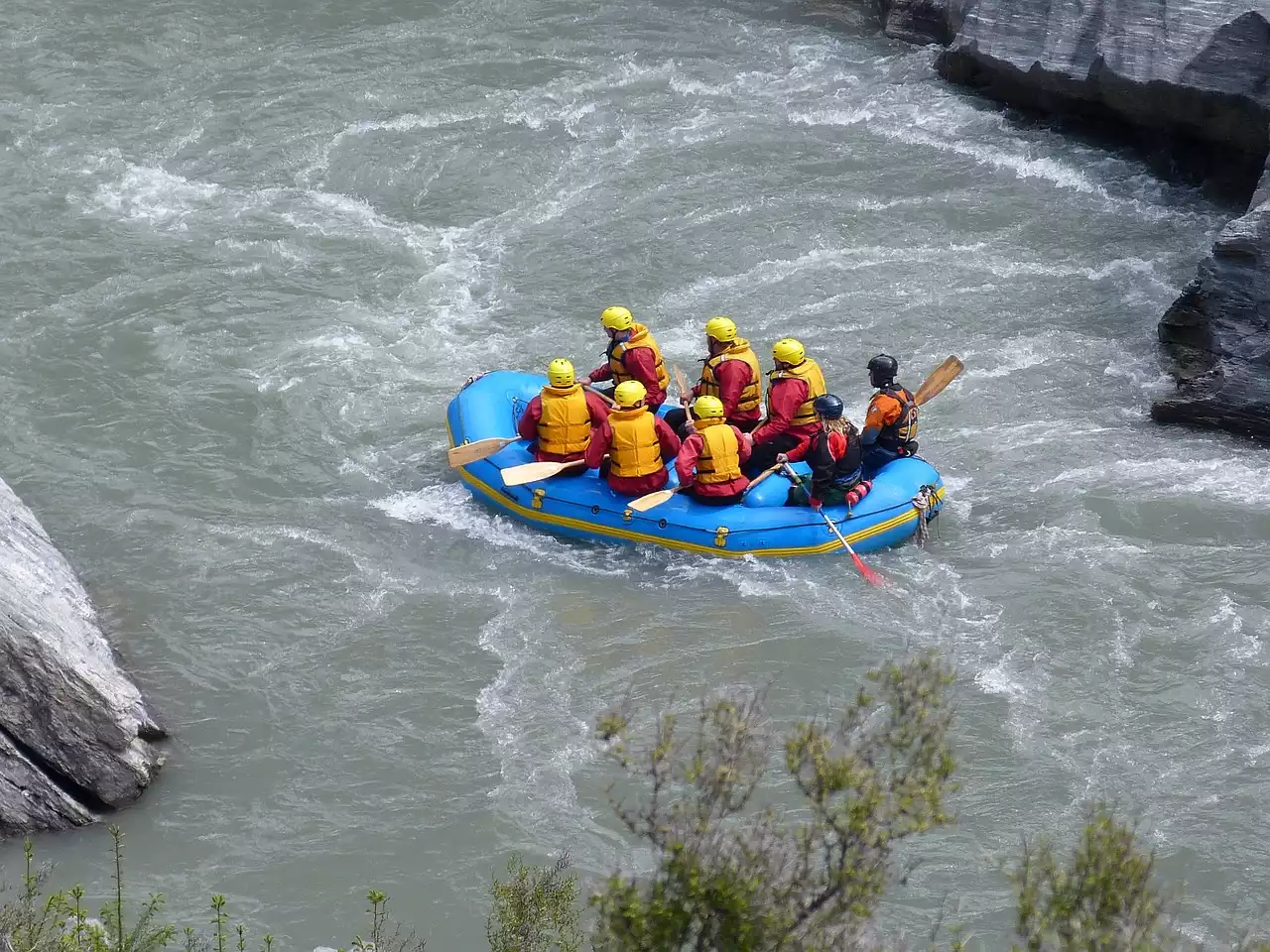
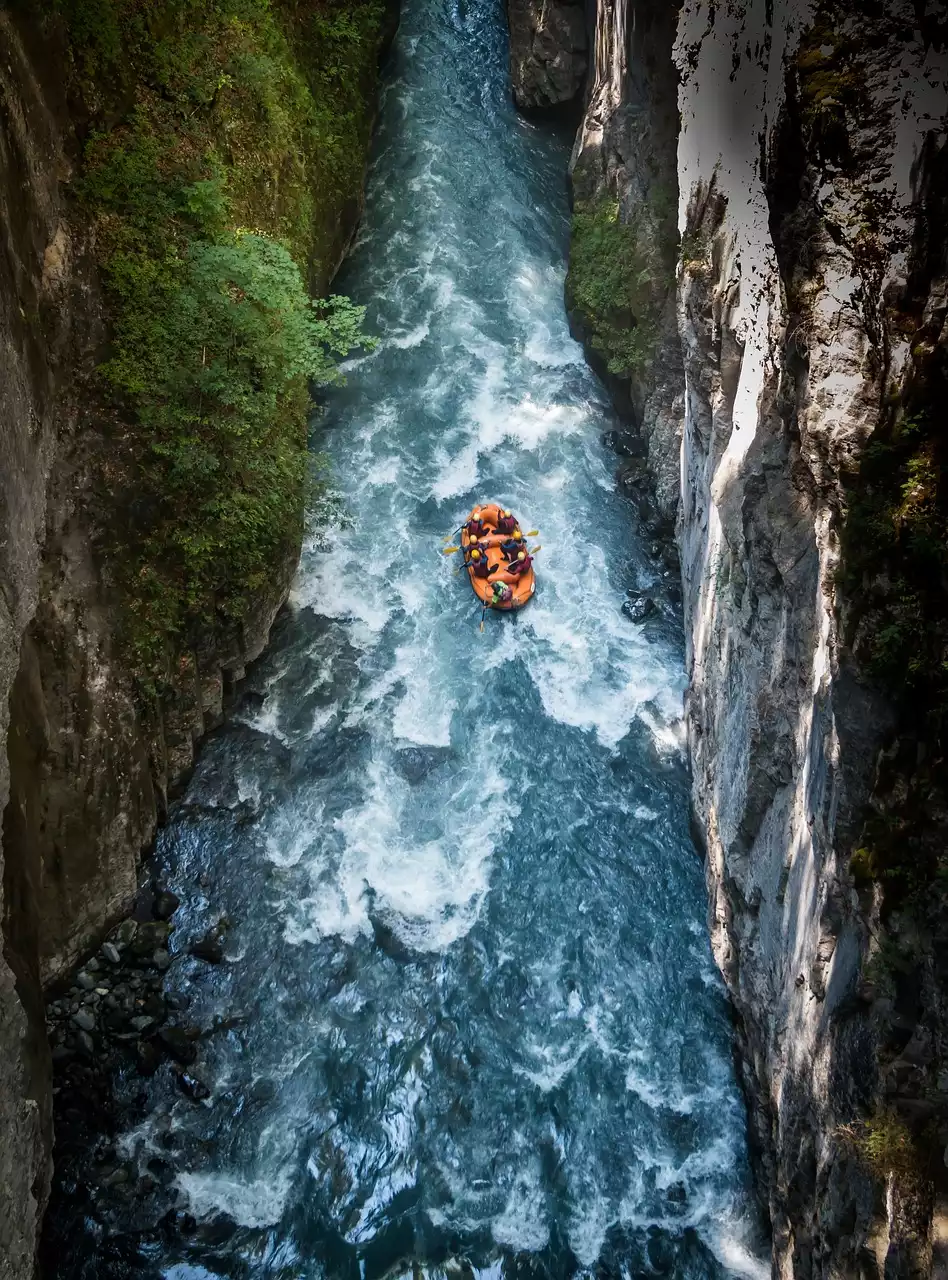

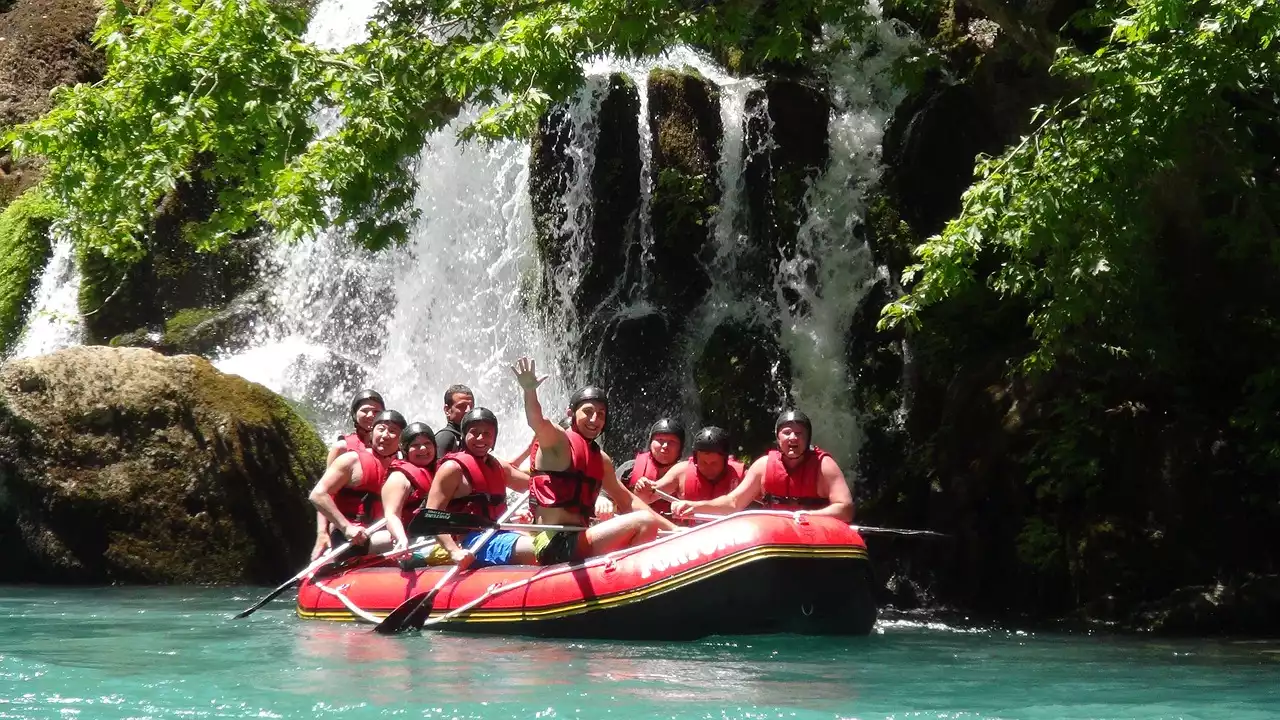
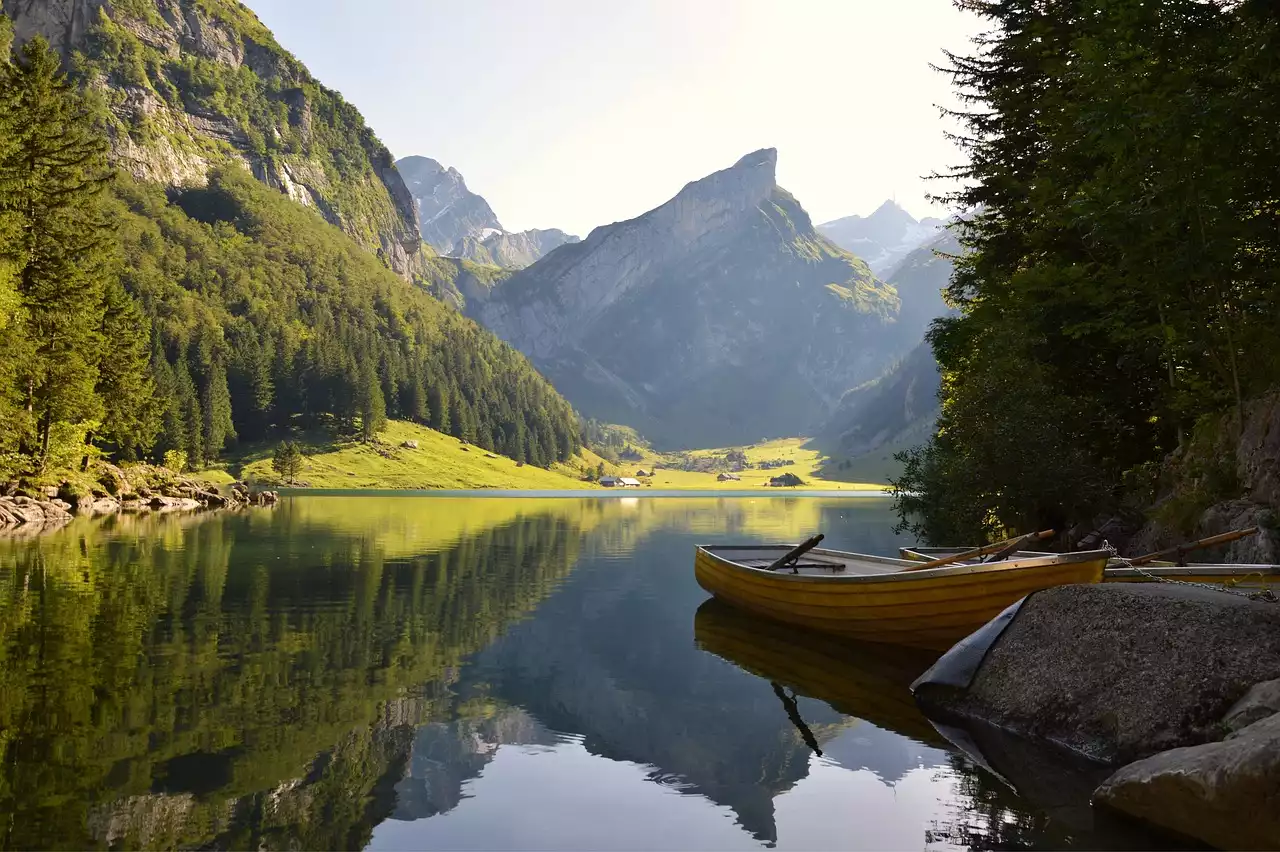



.png?size=50)
